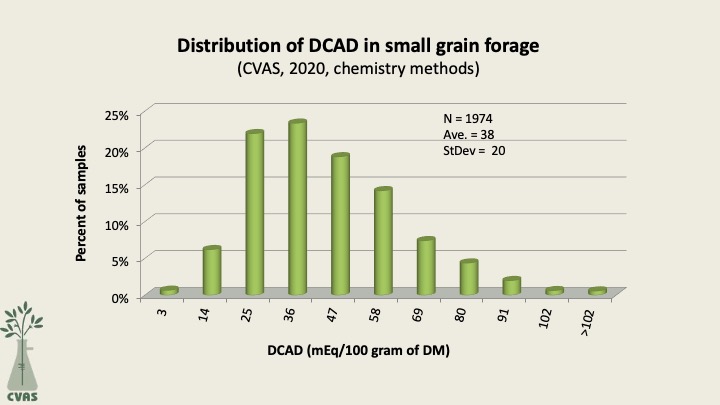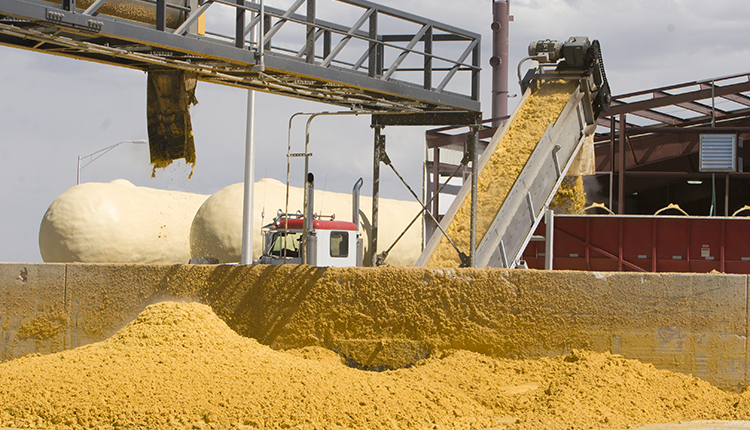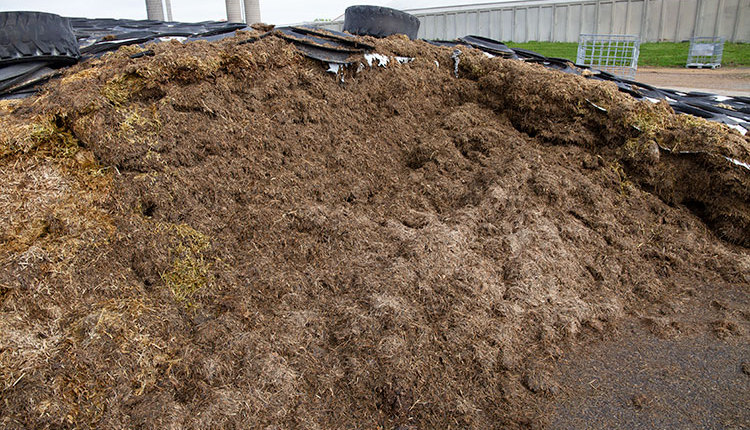
A properly implemented approach to using dietary cation-anion difference (DCAD) balancing in prefresh diets has been shown to reduce milk fever and limit postcalving metabolic problems with greater lactation performance. To accomplish DCAD balancing of diets, it is necessary to have accurate measurements of the mineral components that comprise DCAD: sodium (Na), potassium (K), sulfur (S), and chloride (Cl).
Forage laboratories routinely provide evaluations of minerals by near infrared reflectance analysis (NIR). However, they are at best approximations of actual values and should not be relied upon for establishing the mineral balance of animal diets. NIR is an excellent tool for the analysis of organic constituents, those compounds that have hydrogen bonding to carbon, nitrogen, and oxygen. The minerals that we traditionally analyze are not bonded in a manner that allows the NIR to “see” them.
The routine chemistry methods that are used for mineral analysis include atomic absorption, inductively coupled plasma spectroscopy (ICP), and x-ray florescence (XRF). In these methods, energy is applied to the minerals to cause them to emit light at a wavelength specific to the element that is being observed. The instrument measures the frequency of light much as a “fingerprint” to identify the element, and the intensity of the light corresponds to the amount of the element present.
A better analysis
Chemistry analysis for key minerals is an additional cost. If the feed analysis is for general balancing, then chemistry analysis for minerals may not be necessary. If mineral balance is important in the ration, such as in consideration of DCAD balance, then the payback in chemistry analysis is significant.
One of the great value opportunities provided by many forage labs is cost-effective chemistry mineral analysis. In most forage testing laboratories, requesting chemistry mineral analysis should only take one additional working day or is often performed and reported on the day of sample receipt.
Chloride is an important constituent of the DCAD calculation. It is quite variable in forage materials, therefore, book or reference values cannot be effectively used. Chloride analysis is a more involved analysis for most labs and comes at additional cost to the user. As an example of chloride variability in forages, chloride values in small grain forages at Cumberland Valley Analytical Services were summarized for the last year.
Account for different forages
Small grain forage is a key forage component on many dairies, both in dry cow and lactating rations, and may be used at higher dry matter inclusion levels in the ration. Chloride can range fivefold between lower and higher observed levels.

Within a feed class there can be significant variations in DCAD. In forage, this balance is going to be most impacted by potassium and chloride values. Below, again using small grain forage as an example, is the distribution of DCAD values. Note that there is a fivefold difference between low and high DCAD values.

DCAD balancing of diets for both prefresh and lactating cattle has proven value and is widely used by nutritionists. The extra cost required to obtain chemistry analysis of Na, K, Cl, and S will provide significant payback when utilized in a nutritional system that considers DCAD. Recognize that chloride, an often-overlooked element, exhibits significant variability in forages and should be considered when testing.








